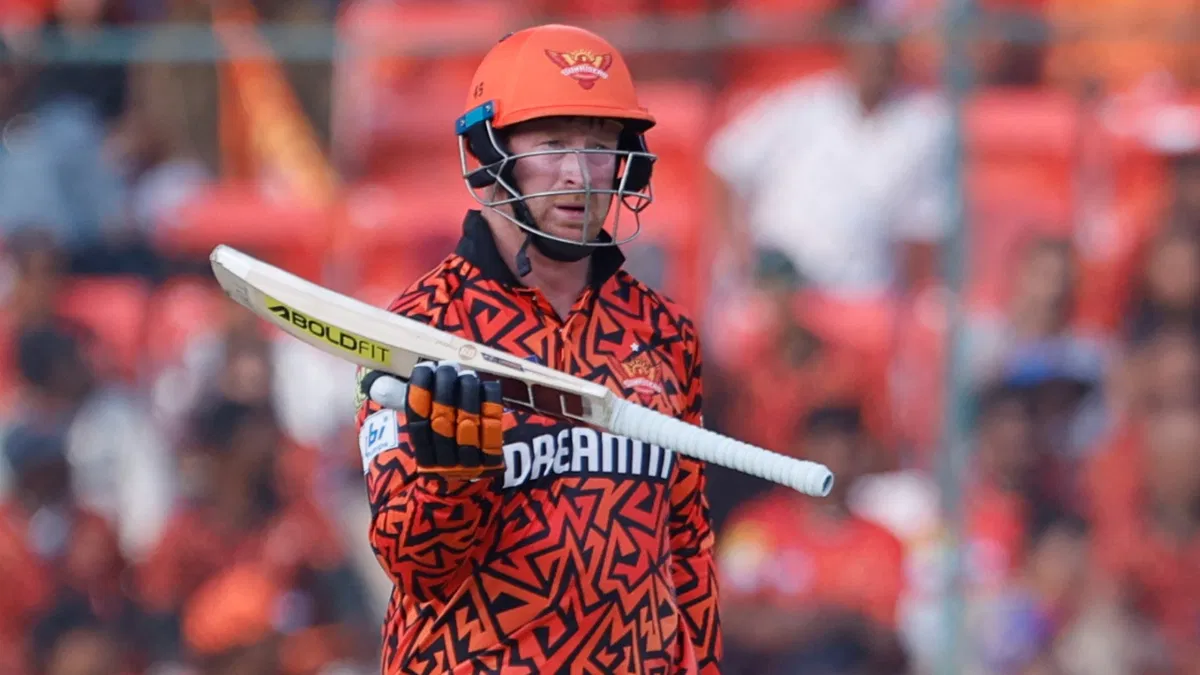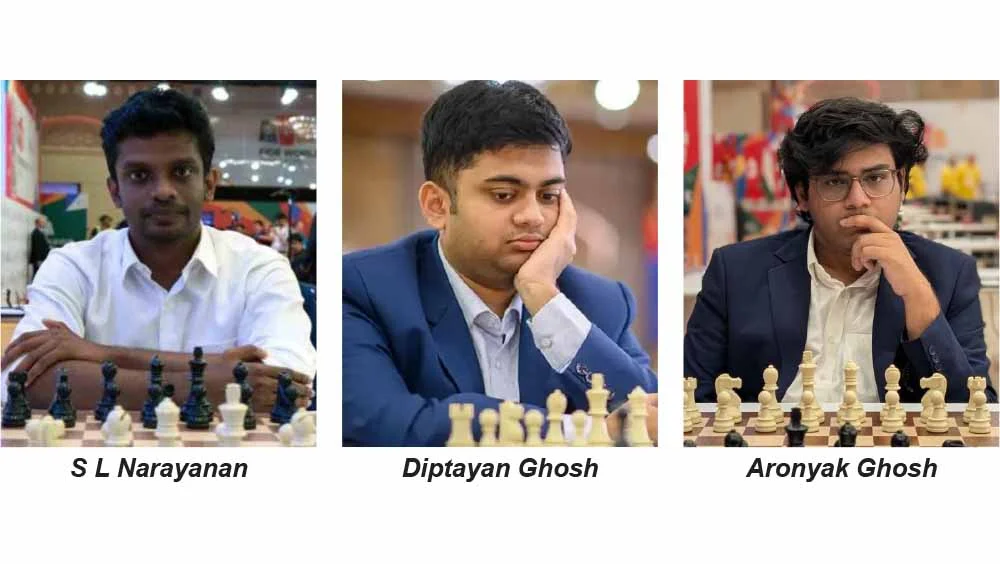When the final ball was bowled at Navi Mumbai’s DY Patil Stadium on November 2, 2025, the roar that echoed across India carried decades of hope, heartbreak, and hard work. The Indian women’s cricket team — under the fierce, calm leadership of Harmanpreet Kaur — had done what generations had dreamed of: lifting India’s first-ever ICC Women’s Cricket World Cup trophy.
For years, the phrase “So close, yet so far” defined India’s journey in women’s cricket. But this time, the script was rewritten by a group of fearless, focused, and phenomenal women who transformed adversity into achievement. Their story — of grit, game, and glory — is one of the greatest sporting moments in Indian history.
A Dream Decades in the Making
The road to this triumph began long before 2025. Indian women’s cricket has a history stretching back to the 1970s, when the sport was underfunded, underwatched, and underappreciated. Legends like Shantha Rangaswamy, Diana Edulji, Mithali Raj, and Jhulan Goswami built the foundation brick by brick — often battling societal bias, minimal infrastructure, and negligible pay.
India came heartbreakingly close twice before:
- In 2005, the team reached the final but lost to a dominant Australian side.
- In 2017, led by Mithali Raj, India fell short by just nine runs against England at Lord’s, despite Harmanpreet Kaur’s iconic 171*.
Those moments inspired a generation. But they also left a lingering ache — one that the 2025 team was determined to heal.
The 2025 Women’s World Cup: India’s Road to Redemption
The 2025 ICC Women’s Cricket World Cup, hosted across India and Sri Lanka, was billed as a turning point for the sport. For the first time, women’s matches were sold out, broadcast in prime time, and followed by millions.
A Rocky Start
India’s campaign didn’t begin as smoothly as fans hoped. They lost early group matches to South Africa and Australia. Questions arose about their batting depth and middle-order consistency. But behind the scenes, the mood remained calm.
Coach Nooshin Al Khadir and captain Harmanpreet reminded the squad of their purpose: “We didn’t come this far to stop believing now.”
The Comeback Begins
In the following matches, India found rhythm and confidence. Smriti Mandhana’s fluent 104 against New Zealand and Deepti Sharma’s all-round brilliance against England helped India storm into the semi-finals. Their reward? A rematch with their old nemesis, Australia.
The Semi-Final Thriller
The semi-final at Chennai’s Chepauk Stadium was pure theatre. Australia posted a formidable 287, with Alyssa Healy and Meg Lanning in sublime touch. India, chasing under lights, looked in trouble at 42/3. Enter Jemimah Rodrigues, the Mumbai dynamo, who crafted one of the finest innings of her career — a dazzling 127 (115). Supported by Richa Ghosh’s late flourish, India crossed the finish line with four balls to spare.
The dressing room erupted. The dream final — India vs South Africa — was on.
The Final: A Night India Will Never Forget
Setting the Stage
November 2, 2025 — a packed DY Patil Stadium, banners of “Bharat Mahan!” waving across the stands. Millions tuned in across the globe. The atmosphere carried the weight of generations. India won the toss and opted to bat — a bold decision by Harmanpreet Kaur.
The Opening Blaze
Smriti Mandhana and Shafali Verma walked in, looking unshakably confident. What followed was poetry in motion.
Shafali, just 21 years old, played with fearless abandon — square-cutting, lofting, and pulling with the kind of swagger India has rarely seen. Her 87 off 64 balls set the tone. Smriti’s elegant 68 ensured the innings stayed steady.
When the openers departed, the middle order held firm — Harmanpreet contributed a composed 44, while Deepti Sharma anchored the innings with a priceless 58. India finished on 298/7, a total both competitive and symbolic — nearly 300 runs, an exclamation mark in women’s cricketing history.
The Bowling Brilliance
South Africa’s chase began well with Laura Wolvaardt looking in touch. But India’s bowlers had other plans.
Deepti Sharma struck early, dismissing both openers. Then came Renuka Singh Thakur, swinging the ball beautifully to trap Sune Luus LBW. The crowd sensed destiny.
Young Shree Charani bowled like a veteran, nailing yorkers and varying her pace expertly. Deepti, in her element, cleaned up the tail with her magical spell of 5/38. South Africa folded for 246.
India won by 52 runs. The drought was over.
Celebrations Across the Nation
The scenes were electric. Harmanpreet collapsed to her knees, tears flowing freely. Teammates embraced. Fireworks lit up Mumbai’s sky. From Delhi to Dimapur, Chennai to Chandigarh, India celebrated its daughters.
Social media exploded. Former captains Mithali Raj and Jhulan Goswami called it “India’s 1983 moment.” Prime Minister Modi congratulated the team, calling them “the pride of every Indian household.”
Meet the Sixteen Pioneers Who Made It Happen
1. Harmanpreet Kaur (Captain)
The heart of the team. Her leadership style blends calm authority with fierce competitiveness. Known for her tactical acumen, she trusted her players to express themselves. In moments of chaos, she remained India’s anchor — both emotionally and strategically.
2. Smriti Mandhana (Vice-Captain)
India’s most elegant batter. Mandhana’s timing and consistency at the top of the order gave India stability. Her 68 in the final was a masterclass in controlled aggression.
3. Shafali Verma
Fearless, instinctive, and charismatic. At just 21, she became the face of India’s youth-driven cricket. Her 87 in the final proved why she’s called “the Sehwag of Women’s Cricket.” She represents the unapologetic, bold new India.
4. Deepti Sharma
The tournament’s hero. Deepti was India’s best all-rounder — scoring crucial runs and picking wickets when it mattered most. Her 58 + 5-wicket haul in the final earned her Player of the Match and Player of the Tournament awards.
5. Jemimah Rodrigues
Bubbly off the field, gritty on it. Jemimah’s semi-final century against Australia was a defining innings of the World Cup. She bridged flair and focus beautifully.
6. Richa Ghosh
The wicket-keeper with nerves of steel. Richa’s quick hands and finishing skills brought balance to India’s lower order. Her energy kept the team buzzing.
7. Renuka Singh Thakur
India’s new-age swing bowler. Renuka’s ability to strike in the powerplay changed games. Her accuracy and calm under pressure were vital in defending totals.
8. Shree Charani
The young fast bowler who bowled with heart. Often given the toughest overs, she rose to the challenge every time. A star for the future.
9. Pooja Vastrakar
Energetic, athletic, and always up for a fight. Her cameos with bat and breakthroughs with ball gave India the balance every great team needs.
10. Radha Yadav
The spin specialist who choked runs in the middle overs. Her flight and variations were crucial in breaking partnerships.
11. Titas Sadhu
The teenage sensation who broke into the squad with raw pace and fearless bowling. Her aggression reminded fans of a young Jhulan Goswami.
12. Harleen Deol
The fielder extraordinaire. Her sharp reflexes and athletic catches saved countless runs. Harleen was the spark plug in the outfield.
13. Amanjot Kaur
An unsung hero who played the role of a quiet enforcer. Her disciplined medium pace added depth to the bowling attack.
14. Yastika Bhatia
Backup wicket-keeper and dependable middle-order batter. Her calm temperament provided flexibility to the playing XI.
15. Devika Vaidya
An experienced campaigner who offered control with her leg-spin and lower-order batting.
16. Meghna Singh
Another pacer who brought consistency and control. Her experience was invaluable, especially in the early rounds.
Together, these sixteen women became the architects of history — blending youth, experience, and unbreakable spirit.
The Women Behind the Women
Every champion team has a support system. Behind the players stood a team of coaches, analysts, physiotherapists, and psychologists who shaped this victory.
- Coach Nooshin Al Khadir: her calm mentorship kept the dressing room grounded.
- Bowling coach Ramesh Powar: fine-tuned India’s pace unit.
- Fitness trainer Ankit Joshi: ensured the squad remained injury-free through a long tournament.
- Mental-strength coach Shreya Naidu: helped players visualize success and stay resilient under stress.
Their combined expertise turned potential into performance.
Why This Win Is India’s 1983 Moment
Sports historians are already calling this victory a “turning point.” The parallels are uncanny.
In 1983, Kapil Dev’s men’s team beat the odds to win India’s first men’s World Cup — inspiring a generation of cricketers.
In 2025, Harmanpreet Kaur’s women did the same.
The symbolic impact goes beyond cricket:
- It challenges gender stereotypes in sports.
- It shows that women’s sports can drive national pride and commercial success.
- It paves the way for the next generation of girls to dream big.
Former captain Mithali Raj summed it up perfectly:
“When I started, we played in front of empty stands. Today, millions celebrate our women. That’s the real victory.”
The Economic and Cultural Impact
1. Surge in Viewership
The 2025 final broke all previous records for women’s sports viewership in India, with over 130 million tuning in live — surpassing even some men’s IPL matches.
2. Corporate Backing
Brands like Nike, Dream11, and Tata Motors signed major endorsement deals with players within days of the win. The Women’s Premier League (WPL) franchises saw a surge in followers and merchandise sales.
3. Grassroots Transformation
The BCCI has announced new scholarships and training programs for under-19 girls, aiming to expand the domestic talent pool. Stadiums in tier-2 cities like Indore, Ranchi, and Guwahati will host upcoming women’s series.
4. Social Change
Parents who once hesitated to let daughters pursue sports are rethinking. Schools are adding girls’ cricket programs, and local academies are seeing record enrollments.
Voices of the Champions
After the final, emotions poured out:
Harmanpreet Kaur:
“We played for every girl who picked up a bat and was told she couldn’t. This is their win.”
Smriti Mandhana:
“I’ve dreamt of this moment since I was 10. It feels like a promise kept — to myself and my country.”
Shafali Verma:
“We were not scared. We just wanted to play brave cricket. This is India’s time.”
Deepti Sharma:
“Every wicket, every run, every moment was for the tricolor. I still can’t believe it’s real.”
Global Reactions
Cricketing greats from around the world hailed India’s achievement.
- Sachin Tendulkar tweeted: “Just like 1983 changed everything, 2025 will be remembered forever. Proud of our women.”
- Virat Kohli wrote: “You’ve made every Indian proud. Champions in every sense.”
- Meg Lanning of Australia called it “a masterclass in composure.”
- Heather Knight of England said, “This is what the game needed — a new powerhouse emerging.”
What Lies Ahead
The challenge now is to sustain this momentum.
1. Building the Ecosystem
India needs more women’s tournaments, better facilities, and equal pay structures. The BCCI’s recent announcement of parity in match fees is a great start, but long-term planning is crucial.
2. Expanding the WPL
The Women’s Premier League, launched in 2023, will now serve as the engine for nurturing domestic talent. With World Cup heroes returning to their franchises, fan engagement is bound to skyrocket.
3. Global Dominance
India’s next goal is clear: to maintain consistency across formats — Tests, T20s, and ODIs. With this mix of young and experienced players, the foundation is stronger than ever.
Beyond the Boundary: What This Victory Means
This triumph isn’t just about cricket. It’s a celebration of women’s empowerment, resilience, and equality.
For a nation that worships cricket, this win shifts the narrative. It shows that the blue jersey isn’t just for men; it belongs equally to women who sweat, struggle, and succeed for the same tricolor.
In schools and small towns, young girls now introduce themselves saying, “I want to be like Shafali Verma” or “I want to bowl like Deepti Sharma.”
That’s how revolutions begin — quietly, in hearts newly inspire










